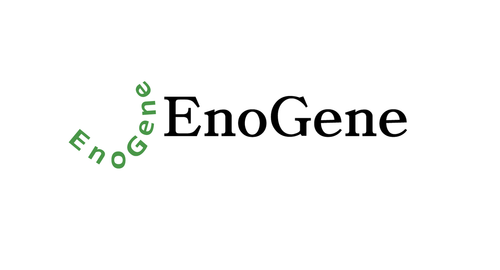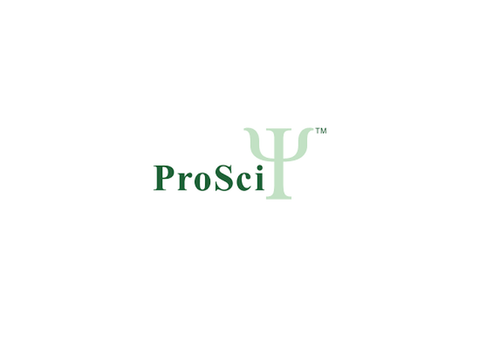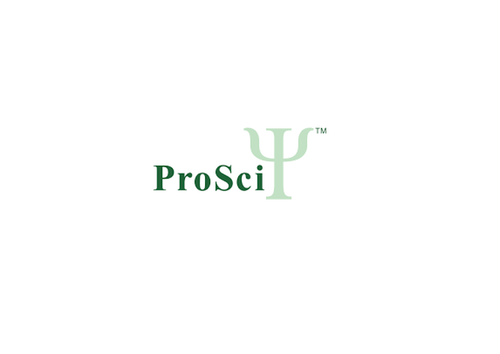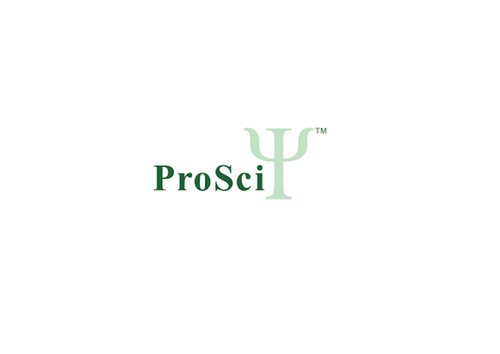Product Description
UBCH9 Antibody | 61-126 | ProSci
Host: Rabbit
Reactivity: Human
Homology: Predicted species reactivity based on immunogen sequence: Bovine, Mouse
Immunogen: This UBCH9 antibody is generated from rabbits immunized with a KLH conjugated synthetic peptide between 176-206 amino acids from the C-terminal region of human UBCH9.
Research Area: Cell Cycle
Tested Application: WB
Application: For WB starting dilution is: 1:1000
Specificiy: N/A
Positive Control 1: N/A
Positive Control 2: N/A
Positive Control 3: N/A
Positive Control 4: N/A
Positive Control 5: N/A
Positive Control 6: N/A
Molecular Weight: 23 kDa
Validation: N/A
Isoform: N/A
Purification: This antibody is prepared by Saturated Ammonium Sulfate (SAS) precipitation followed by dialysis
Clonality: Polyclonal
Clone: N/A
Isotype: Rabbit Ig
Conjugate: Unconjugated
Physical State: Liquid
Buffer: Supplied in PBS with 0.09% (W/V) sodium azide.
Concentration: batch dependent
Storage Condition: Store at 4˚C for three months and -20˚C, stable for up to one year. As with all antibodies care should be taken to avoid repeated freeze thaw cycles. Antibodies should not be exposed to prolonged high temperatures.
Alternate Name: Ubiquitin-conjugating enzyme E2 E3, UbcH9, Ubiquitin carrier protein E3, Ubiquitin-conjugating enzyme E2-23 kDa, Ubiquitin-protein ligase E3, UBE2E3, UBCE4, UBCH9
User Note: Optimal dilutions for each application to be determined by the researcher.
BACKGROUND: The modification of proteins with ubiquitin is an important cellular mechanism for targeting abnormal or short-lived proteins for degradation. Ubiquitination involves at least three classes of enzymes: ubiquitin-activating enzymes, or E1s, ubiquitin-conjugating enzymes, or E2s, and ubiquitin-protein ligases, or E3s. UBCH9 is a member of the E2 ubiquitin-conjugating enzyme family. The encoded protein shares 100% sequence identity with the mouse and rat counterparts, which indicates that this enzyme is highly conserved in eukaryotes. Two alternatively spliced transcript variants encoding the same protein have been found.
 Euro
Euro
 USD
USD
 British Pound
British Pound
 NULL
NULL

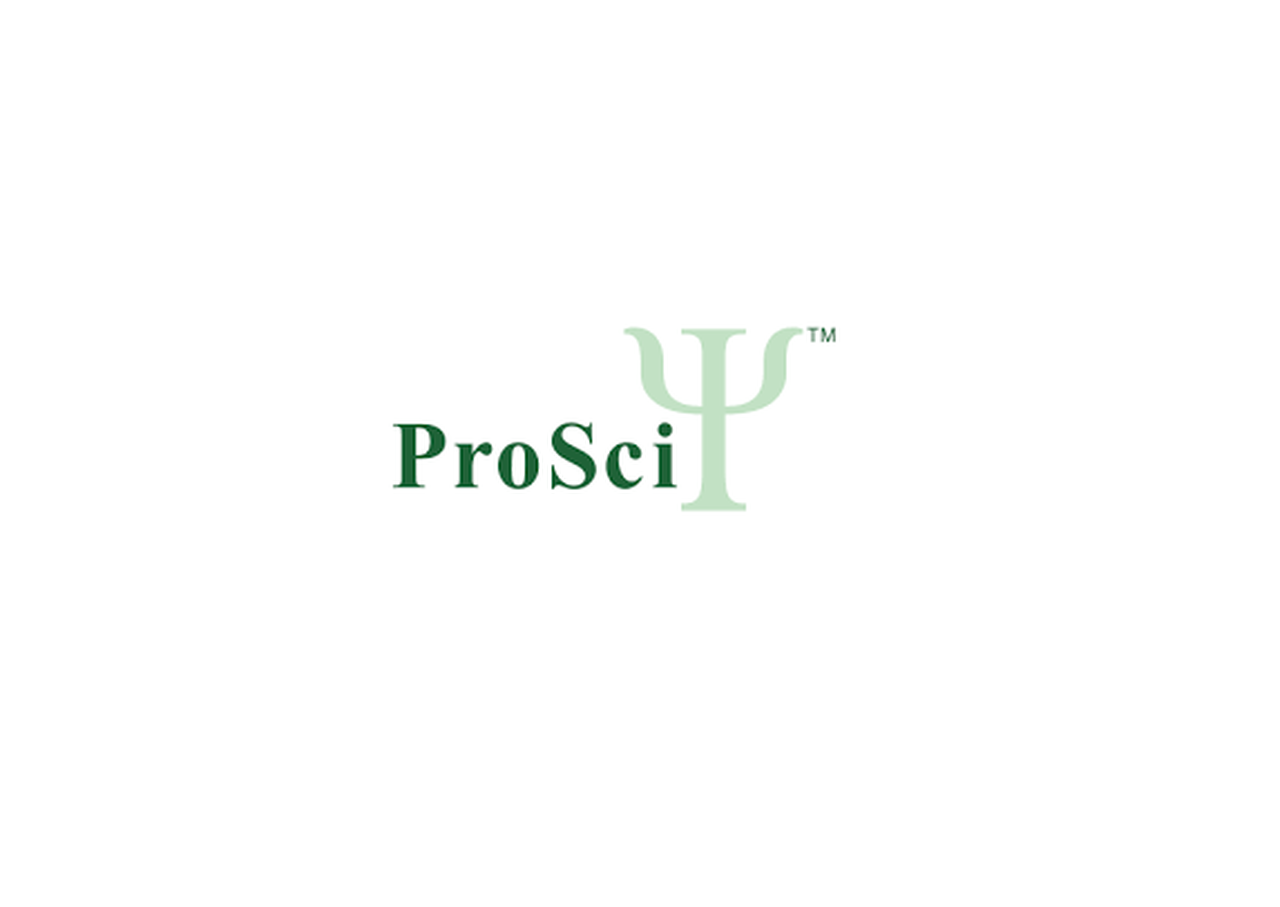




![UBCH9 Antibody (N-term) [APR04899G] UBCH9 Antibody (N-term) [APR04899G]](https://cdn11.bigcommerce.com/s-452hpg8iuh/images/stencil/500x659/products/866661/1158728/logo__92149.1659788186__31204.1659863189.png?c=2)
